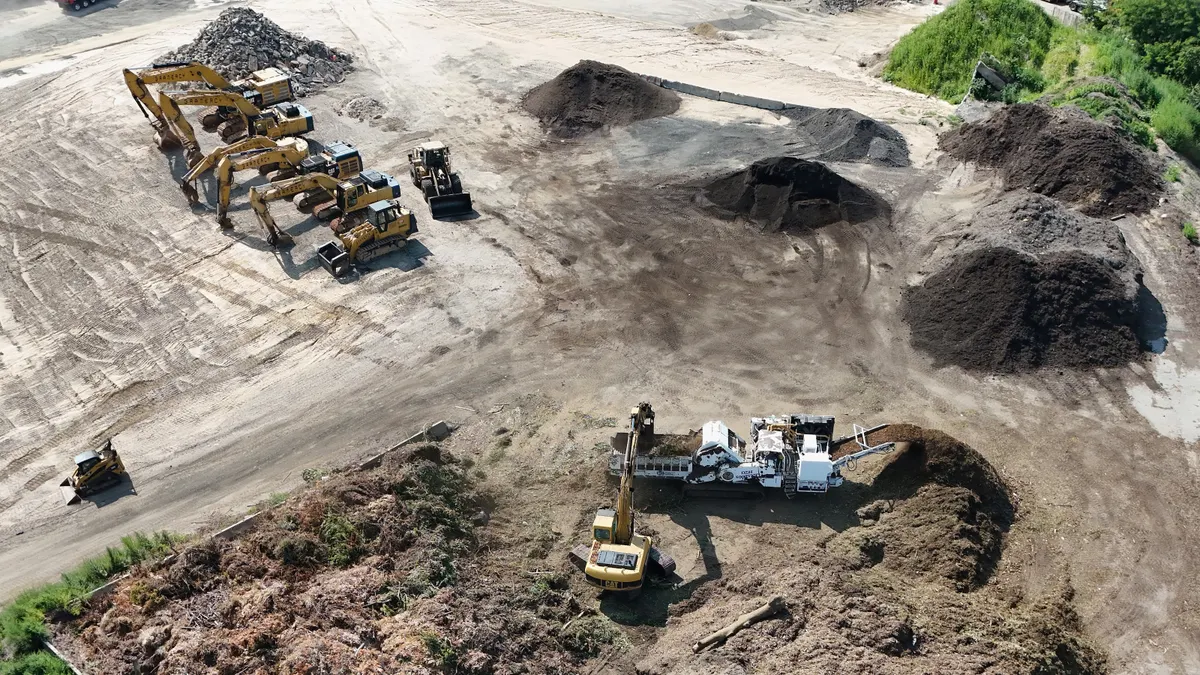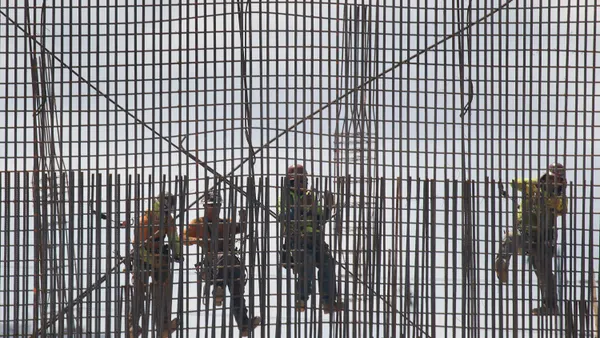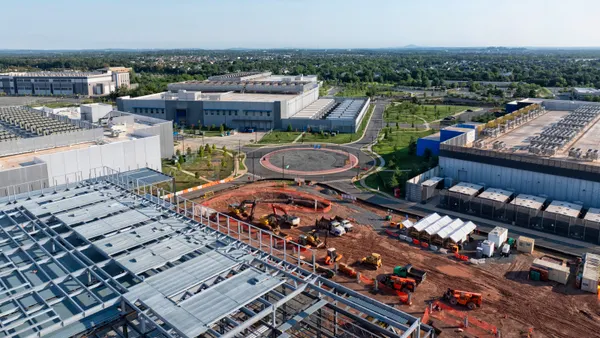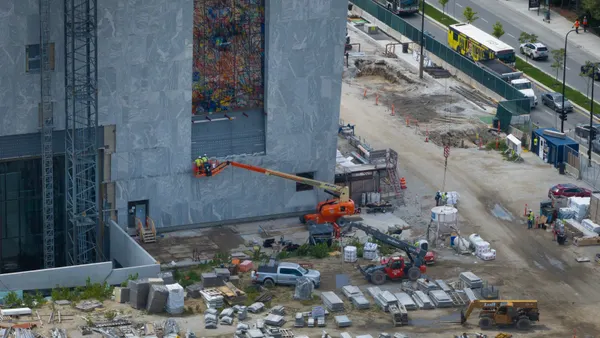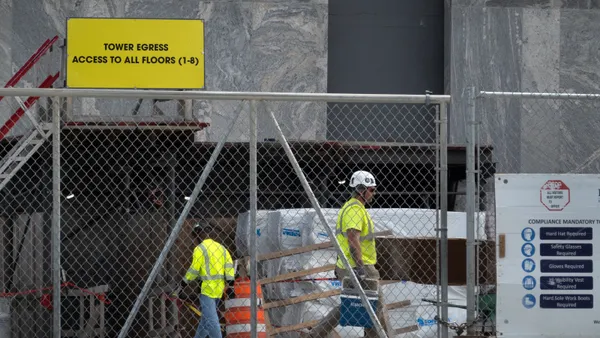Dive Brief:
-
Multifamily developers are increasingly willing to shell out and wade through red tape to put up projects near transportation hubs due to the higher earning potential of rents there over time even as wariness of rising costs and overbuilding continue, according to National Real Estate Investor.
-
Cost returns on such transit-oriented developments can be 0.25% lower than a similar project not located near transit, but a limited supply of available sites around transit hubs is helping to justify the initial hit.
- One challenge these developers face is the demand for larger and mixed-use projects near transit sites as they can be more complex and expensive to deliver than a smaller, multifamily-only buildings elsewhere.
Dive Insight:
TODs have sprung up in recent years in cities facing a population influx and tight inventory. Many of these developments afford middle-income households the opportunity to live near public transportation, giving them access to jobs and other resources in the metro area.
The developments can also have an economic impact on the city, with a recent study from the Urban Land Institute Washington finding that TODs in the Baltimore–Washington, DC, metropolitan area generated more tax revenue than did non-TODs there.
The District is one such metro mulling TOD projects near suburban subway stations in response to a growing affordability gap as rising population levels in the region strain inventory there. In November, Comstock Homes of Washington announced plans to team up with Stratford Capital Group on a transit-oriented, multifamily project near a Maryland station on the region's Metro rail system.
Meanwhile, 2015 saw $50 billion in real estate development around Washington’s Metro rail stations despite the system itself suffering from underinvestment.
Washington isn’t alone. In October, the Honolulu City Council approved the state's first TOD, the $700 million mixed-use Manaolana Place high-rise. And in November, Boston developer Noannet Group proposed a 521-unit multifamily workforce housing project in the city’s Readville area.
For more housing news, sign up for our daily residential construction newsletter.





